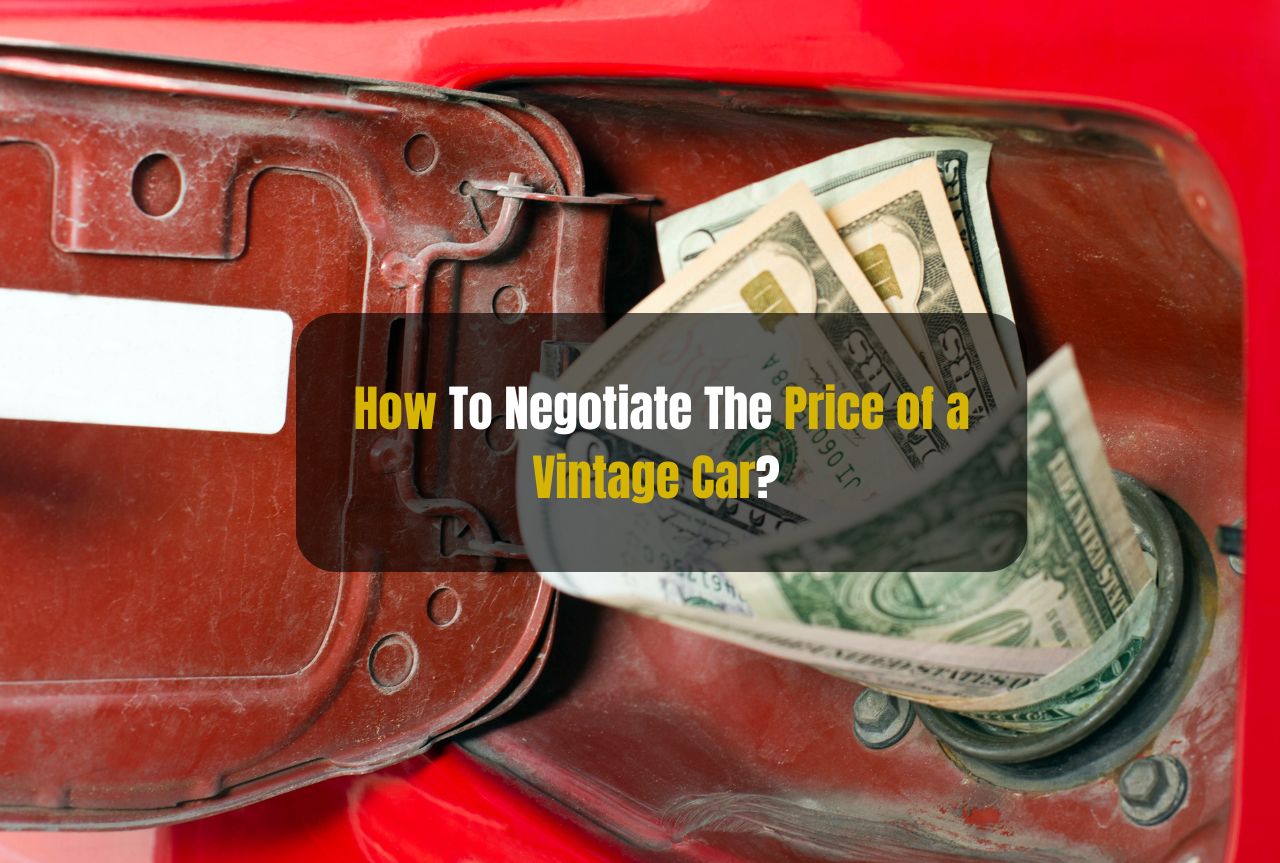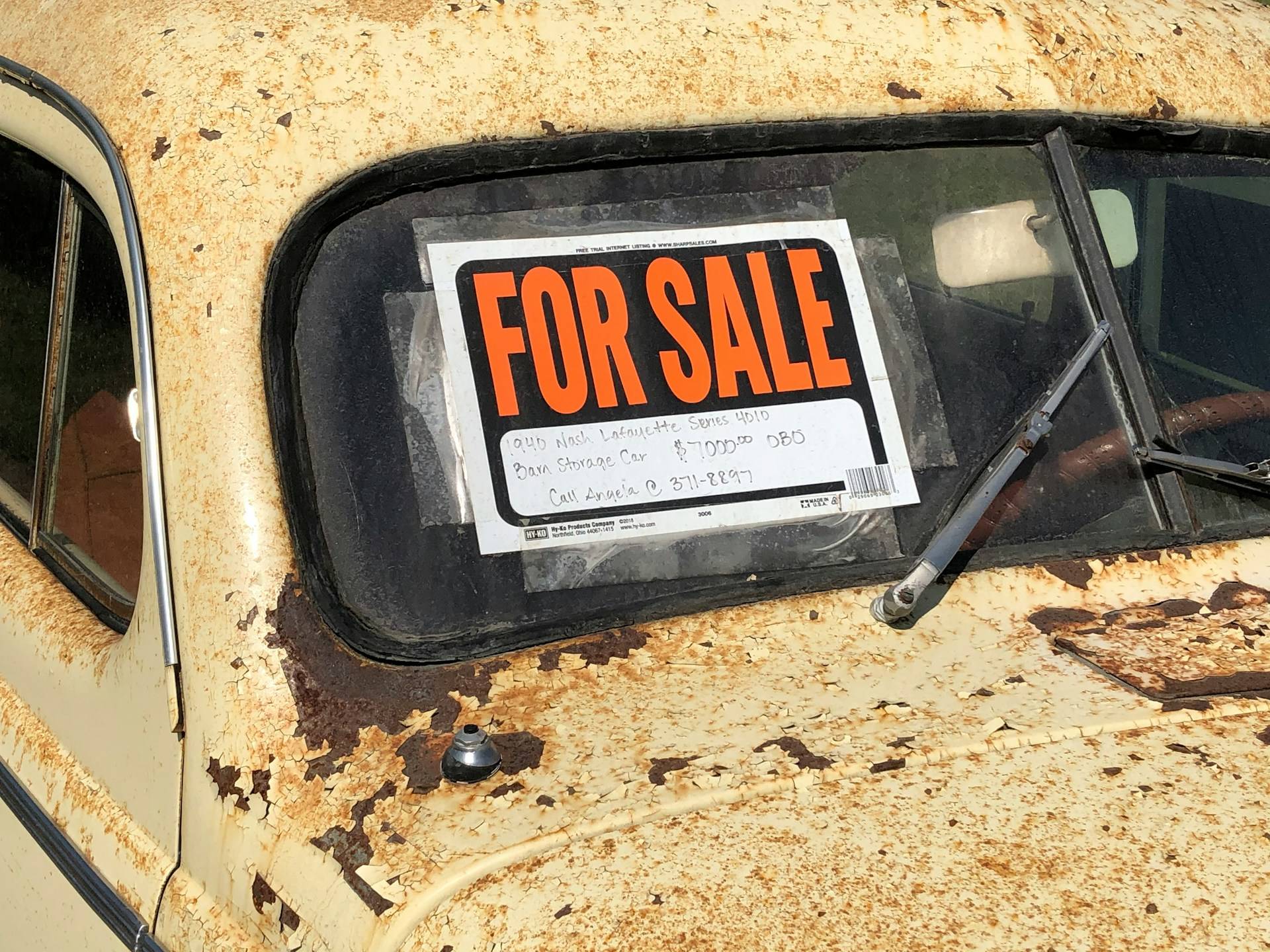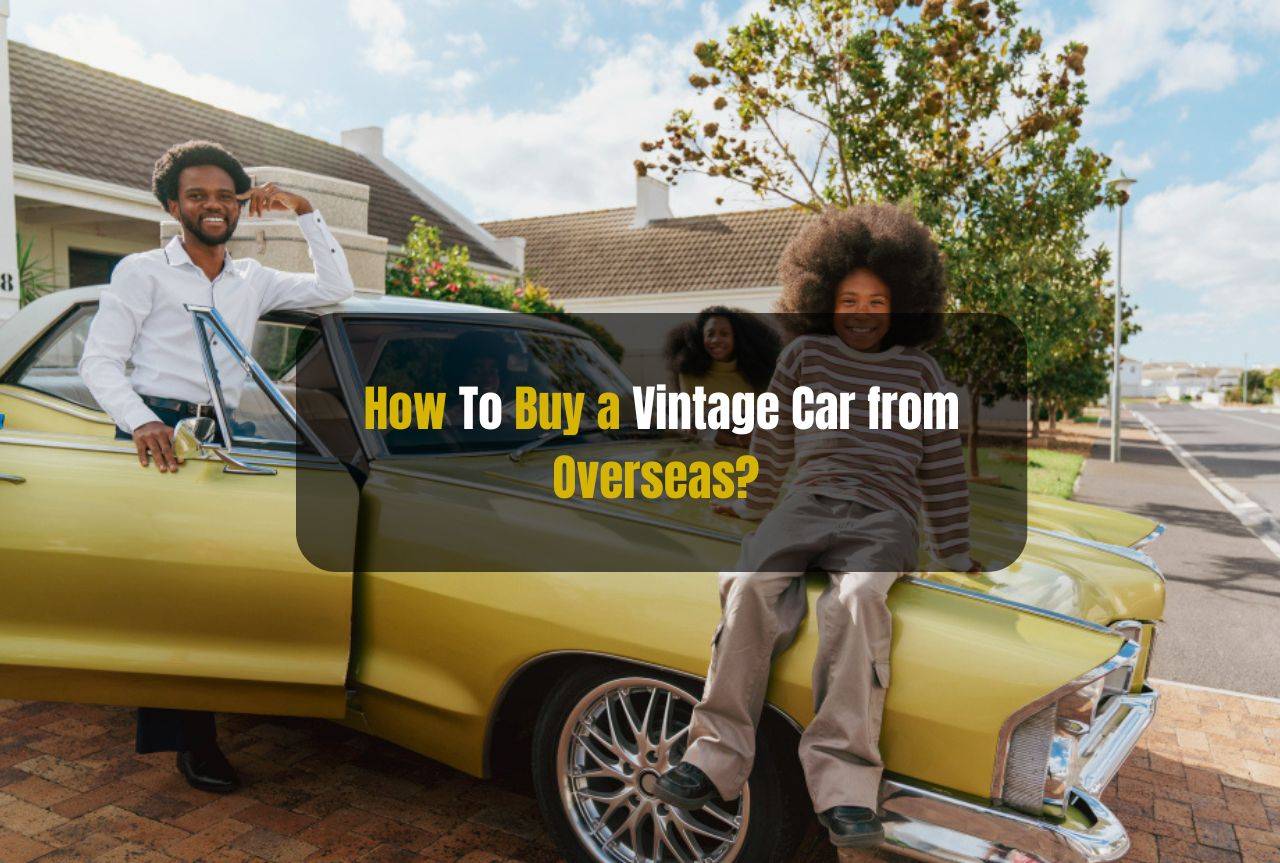Buying a vintage car can be an extraordinary experience. It is a vehicle that has history and personality, and perhaps that is why people like to buy old cars – because any story associated with them gets passed on to the buyer. Now, vintage car prices can be nerve-racking, so here are tips to get the best out of your vintage car experience.
Understanding the Value of a Vintage Car
You cannot negotiate the price of a vintage car unless you know what it is worth. To answer this question, we have various signals of value at hand. But traditional theories struggle to answer our questions because the value of vintage cars is dual-natured.
1. Condition
The condition of the vehicle is probably the most important value indicator; cars in good condition with many original parts and only a few quirks about body rust or previous accidents will cost more, while others will be cheaper but might ultimately entail extensive costs in the future for those two-wheeled beasts in need of more than a little TLC).
2. Rarity
Rare cars or models, by being produced in few numbers, should be given a premium, as they are more difficult to locate in the marketplace, and collectors are likely to pay up to obtain them.
3. Historical Significance
Historically important cars—those that, say, won a major race or previously belonged to a celebrity—are often more highly valued, their story adding to their allure and price.
4. Market Trends
Like all markets, classic cars rise and fall in value. It’s important to know what’s happening in the market at the current time to ascertain whether prices for particular makes and models are rising or falling.
Fluctuations in demand can have a significant impact on the price that you can negotiate.
5. Documentation and Provenance
Ownership history, service records, and original manuals are considered integral to boosting a vintage car’s desirability and, therefore, its price. They are tangible proof that the car is genuinely the model it purports to be, reassuring potential buyers about the vehicle’s historical maintenance and care.
Researching the Car
Before you go into negotiations, find out as much as you can about the make and model you want. Here’s what to do:
1. Online Resources
Check out prices on old car forums and auction sites, and look at value guides such as Hagerty and NADA Guides to get a good idea of the average prices for the same model.
2. Car Shows and Auctions
Go to car shows and auctions, both in person and online, and view examples similar to the car you’re interested in. Talk to experts who’ve dealt with the model. You might even learn where to get the car serviced and what might go wrong and feel more confident negotiating a price.
3. Join Enthusiast Clubs
Attending club meetings to discuss your car brand can help you get more information and meet people in the machine line to see what they have to say about the market.
4. Inspect Multiple Cars
If time permits, see as many same-car, same-year vehicles as you can. Then, you’ll have a better sense of what to expect in terms of both condition and price.
Preparing for Negotiation
Once you have done your due diligence, you are ready for the actual negotiation. These steps will get you in the right mindset.
1. Set Your Budget
Figure out what you’re willing to spend on the car (these days, many classics need some restoration and repair of one sort or another).
Once you have declared your budget, try not to stray from it, as you’ll have an easier time if you have it clear in your mind from the start that you won’t spend more.
2. Know Your Limits
You must decide your limit and not go above this. It’s too easy to get carried away in the excitement.
3. Prepare a List of Questions
Write down questions you need to ask the Seller about the car’s history, condition, and any work carried out over the years.
4. Practice Your Negotiation Skills
Start practicing your negotiation with a friend or family member. Role-playing scenarios reduce your nerves and make you feel more at ease when it comes time to negotiate with the Seller.
The Negotiation Process
Whether you’re negotiating for a raise at work or setting rules with your son, be more prepared and have a positive mindset. Here are several strategies for successful negotiation.
1. Build Rapport with the Seller
Build a good relationship with the Seller. Be polite and show real interest in the vehicle. Sellers are more likely to agree to a deal with someone they like.
2. Start with a Reasonable Offer
Start with a low-ball offer – slightly lower than your absolute ceiling price but high enough that the Seller realizes you are serious about becoming the owner of this car.
3. Highlight Your Research
Make sure to reference the results of your research about the car’s value when making your offer. It demonstrates that you’re informed, took the time to learn about the car and its intrinsic value, and are fluent in the language of negotiating when it comes to a car’s value.
4. Point Out Any Issues
Identify car problems or repairs that might require paying a mechanic, and use these against the Seller in your negotiations. Call attention to obvious flaws – this could help to justify a lower offer and also demonstrate to the Seller that the car isn’t necessarily on anyone’s list of ‘A-OK’ choices.
5. Be Patient and Persistent
Negotiations may take some time, so be patient and persistent. Don’t be afraid to walk away if the Seller is not bending to your price. Sometimes, a seller will sense your readiness to walk away, which may motivate him to lower the price.
6. Consider Non-Monetary Terms
If your trader will not negotiate on the price, then try and negotiate other terms. You could ask for extra spare parts for the car or more documentation or even ask them to deliver it to you.
Extras can make the deal more valuable for you without costing you any more money.
7. Stay Calm and Professional
Avoid emotionality. Negotiators who can remain calm, professional, and collected are more likely to make good decisions. Don’t moralize or engage in confrontation.
You can throw temper tantrums if you want but don’t expect to reach your goals.
Finalizing the Deal
After reaching an agreement on the price, there are a couple of additional steps required to seal the deal:
1. Get a Written Agreement
Make sure all the terms of the sale are in writing. This includes the final at-home price, any extra items included in the sale, and the condition of the car that was agreed upon.
2. Verify Documentation
Take the time to read all the documentation that comes with the car: the title, the registration, and any service records. Check that everything matches up and that the person selling the car is, in fact, the owner and legal registrant of the vehicle.
3. Arrange Payment
Agree upfront on a secure payment method for buyer and Seller—don’t walk around with thousands of dollars in cash! A bank transfer or an escrow service are effective ways to ensure your transaction.
4. Inspect the Car Again
Before you complete the purchase, give one final walk-around check to be sure the car is in the same condition as you negotiated. Have the car looked at closely by a mechanic just before finalizing the deal to see if any other issues have come to light?
5. Complete the Sale
Once everything has been agreed to, have the seller sign all required paperwork, sign the bill of sale, and have it witnessed. If the Seller isn’t transporting the car away from you, anyone who witnesses the signing together with the Seller should note the odometer reading on the back of the title.
Then, have it signed and dated by both you and the Seller—and you’re done.
After the Purchase
You’ve had the Cafe Costanza produce and enact the purchase of your vintage car. Congratulations. Here’s what you do after that purchase.
1. Register the Car
Get the car registered in your name and ensure it is licensed and insured by local laws and regulations. You should check with your local motor vehicle department for procedures.
2. Insure the Car
Insure that vintage car. Classic car insurance policies have several coverages tailor-made for these vintage beauties, including agreed-value policies, which can be better than standard auto insurance.
3. Plan for Maintenance
Make a maintenance plan for your old motorcar. Caring for your ride is essential to keeping it running smoothly and maintaining its value.
4. Join a Community
Carry on whatever club or show activities you were doing with the vintage car, but please don’t join a Classic club that is completely focused on them.
Instead, find and join a Club combining both the Classics and the Moderns. On the whole, this will be a much happier crowd and will help you enjoy your new car.
5. Enjoy Your Car
Finally, let loose with your classic! Whether you’re parading it around a show field, tooling around on a weekend, or just gazing at it in your garage, nothing beats the feeling of driving a vintage.
The Bottom Line
Negotiating the price of a vintage car via haggling isn’t a matter of extracting the most you have to offer. It’s about investing the necessary time and effort into a talkable price that is appropriate considering the type of vehicle you’re pursuing, carefully preparing for your dialogue, and approaching it with a deliberate play. Stay focused, keep calm, and be persistent.







Leave a Comment